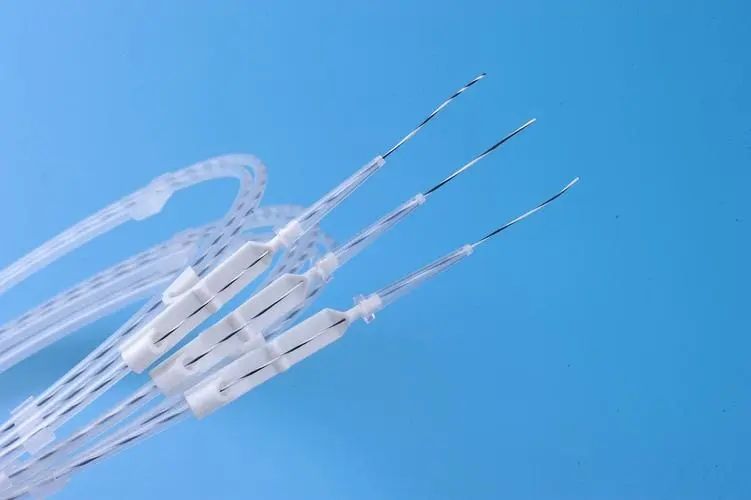
The significance of multi strand guide wire in medical use.
Multi stranded wires are used to guide devices such as catheters or pacemakers into the cardiovascular system. The flexibility and curvature of multi stranded wires enable them to pass through the curved and narrow areas of blood vessels, enabling precise positioning and treatment. At the same time, the high strength and durability of multi stranded wires can ensure that they will not break or bend during the surgical process, thereby ensuring the safety and effectiveness of the surgery.
Multi stranded wires can be used to locate and stimulate neural tissue deep in the brain. This technology is called deep brain stimulation (DBS) therapy and is commonly used to treat diseases such as Parkinson's disease, anxiety, and depression. Multi stranded wires play a crucial role in this process, as they can accurately locate the nerve regions that need stimulation and provide them with high-intensity electrical stimulation.
Multi stranded wires can also be used for electromyography (EMG) detection and diagnosis. EMG is a technology used to measure muscle electrical activity, where multiple wires can be used to transmit muscle signals to measuring devices for analysis and diagnosis.

Multi strand guide wires have a wide range of applications in the medical field, and their high strength, flexibility, and accuracy make them one of the essential tools in surgery and diagnostic processes.
The softness of multi strand guide wires is influenced by various factors, including the material, diameter, length, winding method, etc. Generally speaking, the softer the guide wire material, the higher its softness. Common guide wire materials include copper, aluminum, steel, etc. Among them, copper guide wire has better softness.
The softness of multi strand guide wires varies due to various factors. If it is necessary to choose a guide wire with good softness, it can be considered to use thinner copper guide wires and use a looser winding method.